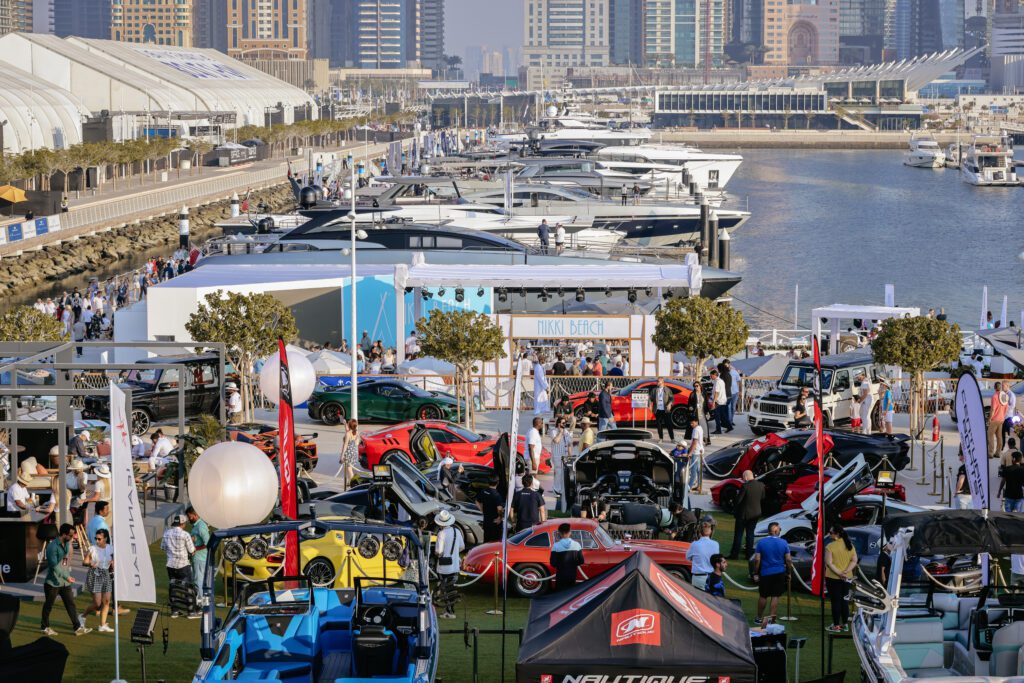The Dive MENA Expo is a paradise for diving enthusiasts, showcasing the newest advancements in underwater technology and equipment. Join world-famous professional divers, explorers and underwater photographers and teach an engaged audience about the new techniques, technologies and thrilling underwater experiences.
The Dive MENA Expo is a haven for diving aficionados. It features the latest in underwater technology and equipment, providing a unique platform for diving professionals and enthusiasts. The expo is a hub for sharing deep-sea discoveries and innovations in diving tech.












